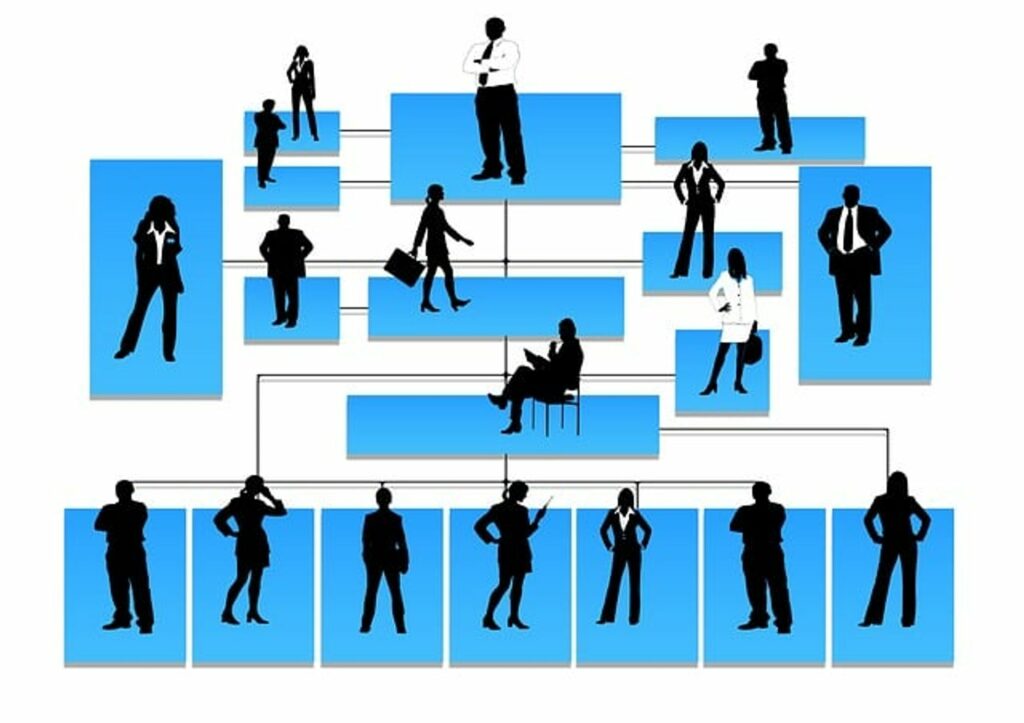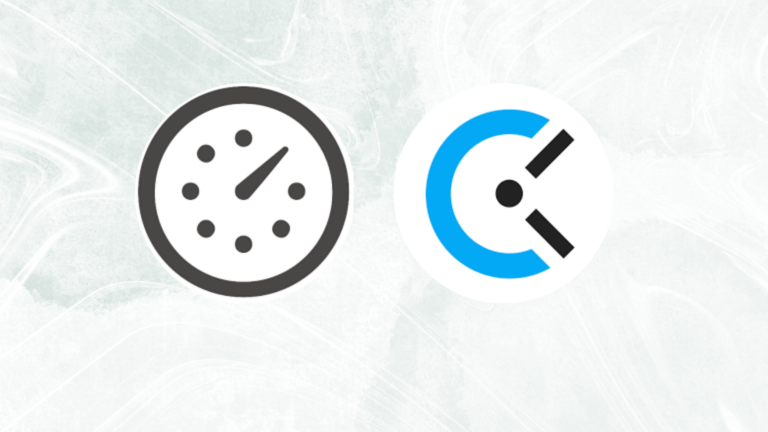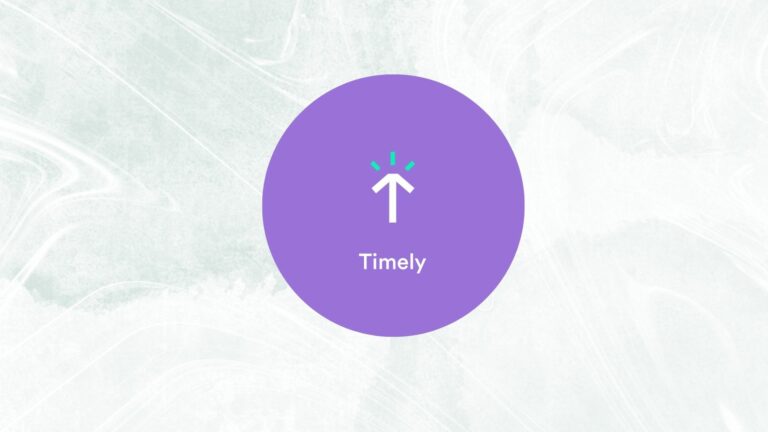Employee time-tracking apps are software tools designed to help businesses and individuals monitor and record the time spent on various tasks, projects, or activities.
These apps are commonly used for payroll management, project billing, productivity analysis, and overall time management.
📌 Why are employee time-tracking apps important?

Tracking employee hours is important for several reasons, and it serves various purposes that benefit both employers and employees. Here are some key reasons why tracking employee hours is essential:
Payroll accuracy
Accurate time tracking is crucial for ensuring that employees are paid correctly for their work hours. This is especially important for hourly employees who are paid based on their time on the job.
Compliance with labor laws
Many jurisdictions have labor laws that mandate specific working hours, breaks, and overtime regulations. Accurate time tracking helps organizations comply with these laws and avoid legal issues related to labor standards.
Budgeting and resource allocation
Organizations need to budget and allocate resources effectively. Time tracking provides insights into how much time is spent on different tasks and projects, helping businesses make informed decisions about resource allocation.
Project management and billing
For businesses that bill clients based on hours worked, accurate time tracking is essential for transparent invoicing. It also provides valuable data for project management, helping teams stay on schedule and budget.
Productivity analysis
Time tracking can be used to analyze employee productivity and identify areas for improvement. It helps managers and employees understand how time is allocated throughout the workday and provides insights into workflow efficiency.
Resource planning
Knowing when employees are most productive or when certain tasks are typically performed can aid in resource planning. It allows organizations to schedule tasks during peak productivity hours and optimize work processes.
Attendance monitoring
Time tracking helps monitor employee attendance, making it easier to identify patterns of tardiness or absenteeism. This information can be valuable for addressing attendance-related issues.
💡 How to track employee work hours?

Credit: Pixabay
There are several methods and tools available to track employee hours, ranging from traditional manual methods to sophisticated software solutions. The choice of method depends on the size of the organization, the nature of the work, and the level of detail required. Here are various ways to track employee hours:
1. Manual time sheets
Employees manually record their work hours on paper or in a spreadsheet. This method is simple but may be prone to errors and requires manual calculation.
2. Electronic time sheets
Use electronic time sheets or spreadsheets where employees input their work hours. This reduces errors associated with manual calculations and provides a digital record.
3. Time clocks
Physical time clocks or time card machines can be installed at the workplace. Employees use badges, cards, or biometrics to clock in and out, and the system records the time automatically.
4. Biometric systems
Biometric time tracking systems use fingerprints, facial recognition, or other biometric data to identify employees and record their attendance and working hours.
5. Mobile apps
Employees can use mobile apps designed for time tracking. These apps often include features such as clocking in and out, task tracking, and the ability to attach notes or photos to time entries.
🧰 What are the best apps for employee time tracking?
The following list contains three of the best employee time tracker apps you can use to significantly boost your workplace productivity.
Monday.com
Features:
- Project and task management.
- Collaboration and communication tools.
- Time tracking and reporting.
- Integration with various third-party apps.
Use case:
Ideal for teams looking for a comprehensive project management solution with integrated time tracking.
Pros vs cons:
| Aspect | Pros | Cons |
|---|---|---|
| User-Friendly Interface | 🌟 Intuitive and easy to use. | 🤔 Learning curve for new users. |
| Time Tracking Features | ⏱️ Robust time tracking capabilities. | 🔄 Limited compared to dedicated time-tracking apps. |
| Project Management | 🚀 Integrated project management tools. | 🤷 Limited compared to specialized project apps. |
| Collaboration Features | 👥 Enhances team collaboration. | 💼 May have features not essential for time tracking. |
| Customization Options | 🎨 Highly customizable boards and workflows. | 🤹♂️ Overwhelming for those who prefer simplicity. |
| Integration Possibilities | 🔄 Integrates with various third-party tools. | 🤖 Some integrations may require additional setup. |
Hubstaff
Features:
- Time tracking with screenshots.
- Activity monitoring and productivity analysis.
- GPS tracking for remote teams.
- Integration with project management tools.
Use case:
Suited for remote teams, freelancers, and businesses looking for comprehensive time tracking and productivity insights.
Pros vs cons:
| Aspect | Pros | Cons |
|---|---|---|
| Time Tracking Features | ⏱️ Comprehensive time tracking with screenshots. | 🤳 Screenshots may raise privacy concerns for some. |
| Productivity Monitoring | 📊 Tracks productivity levels and app/URL usage. | 🚨 May be perceived as invasive by some employees. |
| GPS Tracking | 🌐 GPS tracking for remote teams and field employees. | 🛑 Raises privacy and trust issues for some employees. |
| Integration Possibilities | 🔄 Integrates with various project management tools. | 🧩 Some users may find setting up integrations complex. |
| Invoicing and Payroll | 💸 Simplifies invoicing and payroll processes. | 🔄 Learning curve for understanding all features. |
| Mobile App | 📱 Mobile app for on-the-go time tracking. | 🌐 Some users report occasional app stability issues. |
Clockify
Features:
- Free plan with core time tracking features.
- Project tracking and reporting.
- Billable hours tracking.
- Browser extensions for easy tracking.
Use case:
Ideal for small businesses, freelancers, and teams looking for a simple and free time tracking solution.
Pros vs cons:
| Aspect | Pros | Cons |
|---|---|---|
| Free Plan Availability | 🆓 Offers a free plan with core time tracking features. | 🚫 Free plan has limitations compared to premium plans. |
| User-Friendly Interface | 🌟 Simple and easy-to-use interface. | 🔄 May lack advanced features for some users. |
| Customizable Reporting | 📊 Provides customizable reports. | 🔄 Advanced reporting features are limited in free plan. |
| Project and Task Tracking | 📈 Allows tracking time against projects and tasks. | 🔄 May lack advanced project management features. |
| Integration Possibilities | 🔄 Integrates with various project management tools. | 🚧 Some users report occasional integration issues. |
| Browser Extensions | 🌐 Offers browser extensions for easy tracking. | 🌟 Browser extensions may not suit everyone’s workflow. |
Final thoughts
Employee tracking apps are currently the new office trend. It helps measure office productivity and offers insights into loopholes.
You can communicate better with your employees using data from the employee tracking apps. Besides, they provide useful integrations with other office tools such as Slack, Google Calendar, Asana, and so on.
So, these apps are all-in-one tools to make your life easier!

